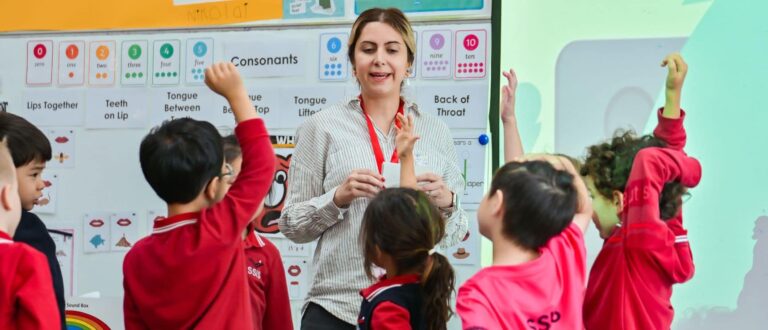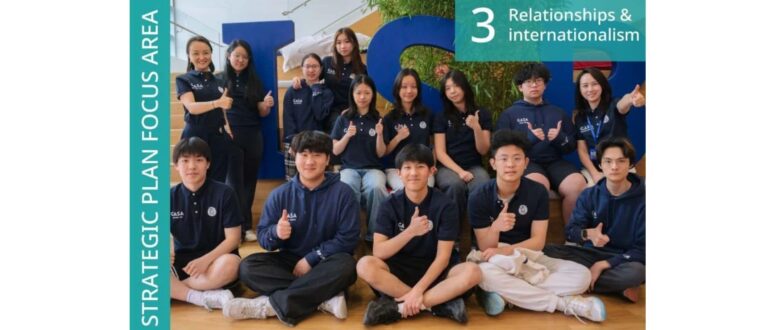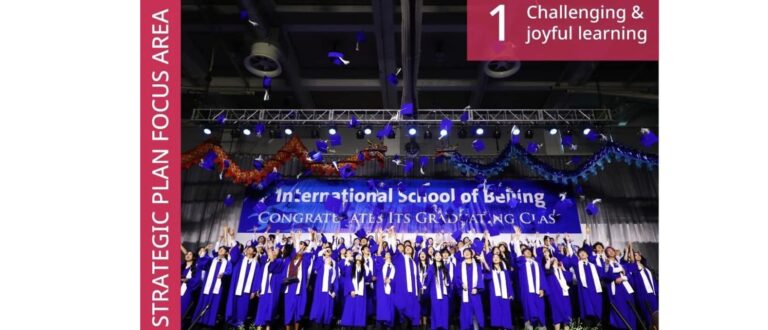I wish to make a few points about ‘commitment’ this week. The root of our English word commitment lies in Latin, and it is a combination of two shorter words: ‘com’ means ‘with’ or ‘together’, and ‘mittere’ has as its standard or typical meaning ‘to send’, amongst a few related possibilities. Commitment, therefore, literally ‘sends us with each other, together’.
If we are committed, we are sent, we journey, on the same path, or mission. If we are committed to someone, we do what we do and we go where we go together. If I am committed to someone or something, I am ‘sent together with’ that person or ideal or value. Commitment and community are allied, tied.
We all make commitments. Most of us try to keep these. Few of us succeed in keeping them consistently. That’s one reason why it helps to travel together if we are to keep our commitments successfully. Here, at Keystone, we are committed to our mission: as we make some important leadership transitions, we must remember this. Our school is committed to you, our families: we try to stand by you when times are tough. Teachers and adults who work here are committed to our students: we want them to grow towards healthy adulthood, full of true character informed by a life in an inclusive community. We are committed to help outside our immediate community through serving some of those less fortunate than we are: late last week I went to look, for the first time, at the Keystone service project in Sishui County. This list of commitments goes on, and on…..
A few years ago, some members of the Keystone faculty considered our 5 shared values closely, and ‘translated’ them into a short list of ‘commitments’. What they were trying to do was to show how these abstract concepts might be shown and demonstrated in daily lives that try to be fully committed to our values. Here is that list, as they wrote it:
Keystone Shared Values and Supporting Faculty Commitments
Ren 仁 Compassion
- Value and explore cultural differences with compassion — ‘Care for Self and Others’
- Work to value one another rather than to judge one another
- Be willing to do tasks that seem to fall outside of your area of responsibility
- Help coach each other — ‘Let’s have a mentorship conversation’
- Practice forgiveness
Yi 义 Justice
- Embrace and celebrate diversity in its many expressions as central to this ‘new world school’
- Allow for personal choice/Recognize distinctive individual strengths and limitations – ‘Do it if you can’
- Be resolute about acting in interest of the big, common mission while co-creating new expressions of mission
- Be accepting and feel permission to make mistakes – Explore cultural difference around reaction to mistakes
- Deliberately look from different perspectives – Avoid holding rigidly to your idea
Li 礼 Respect
- Establish trusting bonds in order to create a safe environment and allow for meaningful sharing
- Be inclusive – Make effort to acknowledge, encourage and invite others to join
- Help each other fulfill tasks such that all involved feel valued in the process
- Engage at times in challenges in which you do not have expertise
- Clarify the expectations – ‘Let’s check in about the instructions and rules’
Zhi 智 Wisdom
- Be present and focused
- Find smart ways to solve problems – ‘Capture ideas, Look at things in new ways, Innovate to succeed’
- Embrace and celebrate bilingualism – Explore Chinese identity/ culture as well as those of non-Chinese faculty. Embrace educational pluralism
- Listen for the quiet voices – ‘Have patience’
- Be motivated by others’ energies and passions – ‘Let’s also have fun!’
- Clarify goals and objectives/roles and responsibilities – Set, work and reflect on goals and group process
Xin 信 Honesty
- Speak and share openly with others
- Check-in on assumptions, intentions or goals – Trust that others are making their best effort
- Take risks and learn from mistakes – Understand link between risk-taking and ability to embrace change
- Ask for help and be open to receiving help – Be vulnerable
- Hold self and others accountable – Remind others about rules and agreements in a valuing way
- Give both positive and constructive feedback – Show receptivity to feedback
As I said, this list was compiled some years ago. What I referred to above as the translation of values into action, or the demonstration of them in lives that we live daily is selective and subjective. I like some of these calls to action a lot. Others seem less attractive, or accurate, to me. That is of no importance. What is important is the genuine and thoughtful attempt to ask what our values might look like in practice, and then to try to reflect this commitment in our daily behavior and choices.
So, to end, here is my challenge to you all for the week coming, and the year. If you work at Keystone, take a close look at this list compiled by your colleagues and rewrite it for yourself where necessary, and then live those commitments. If you are a parent, do the same, starting perhaps from the beginning, with a clean sheet, or screen. And if you are a student, talk with your friends about collaborating on some shared commitments. This will be a strong and purposeful way of enhancing our community and our collective life together.
With warm regards,
–Malcolm McKenzie, Head of School







